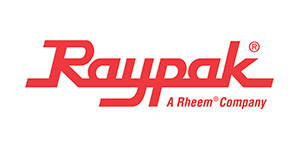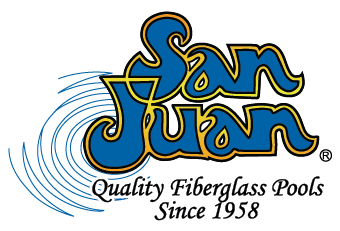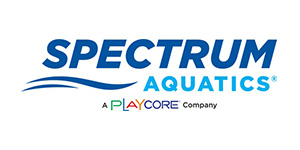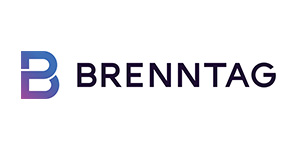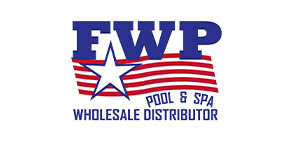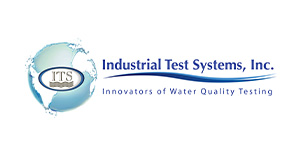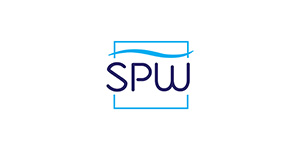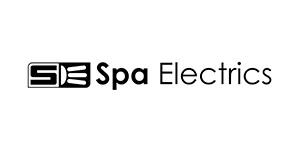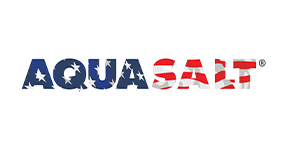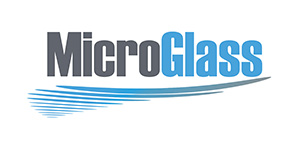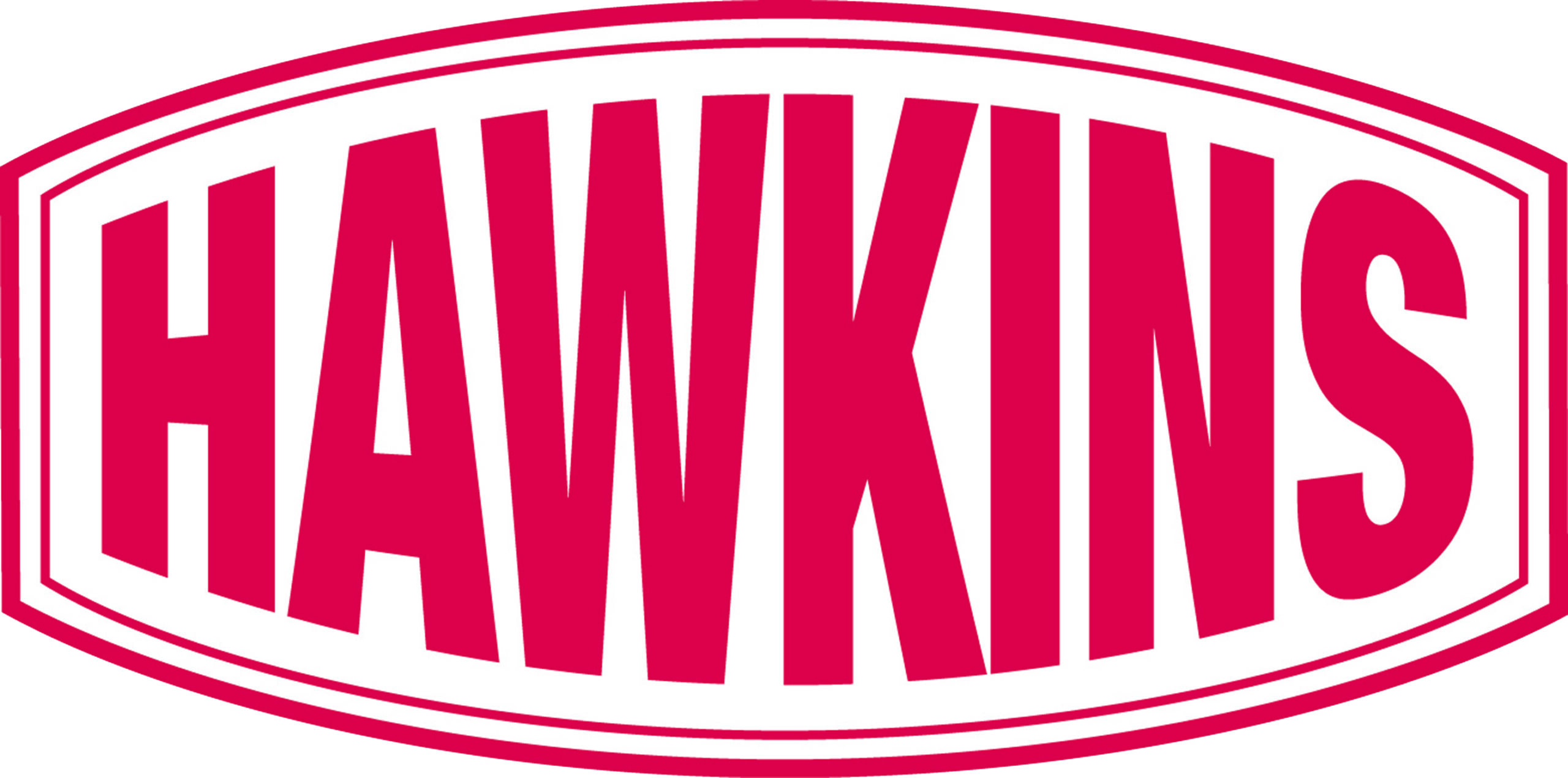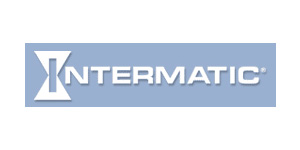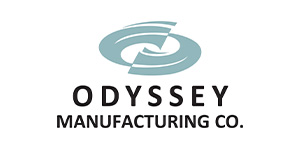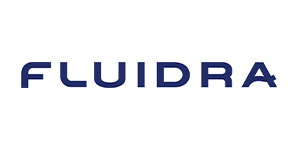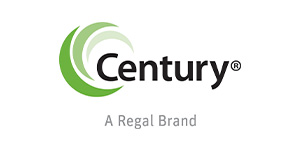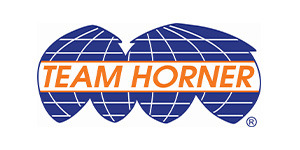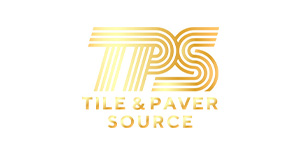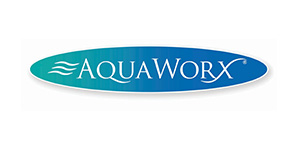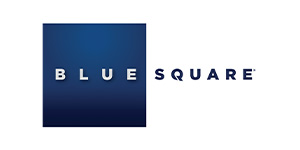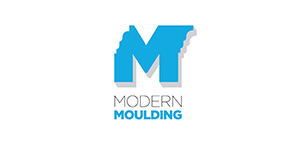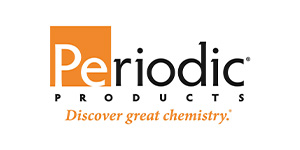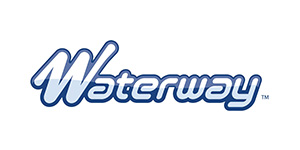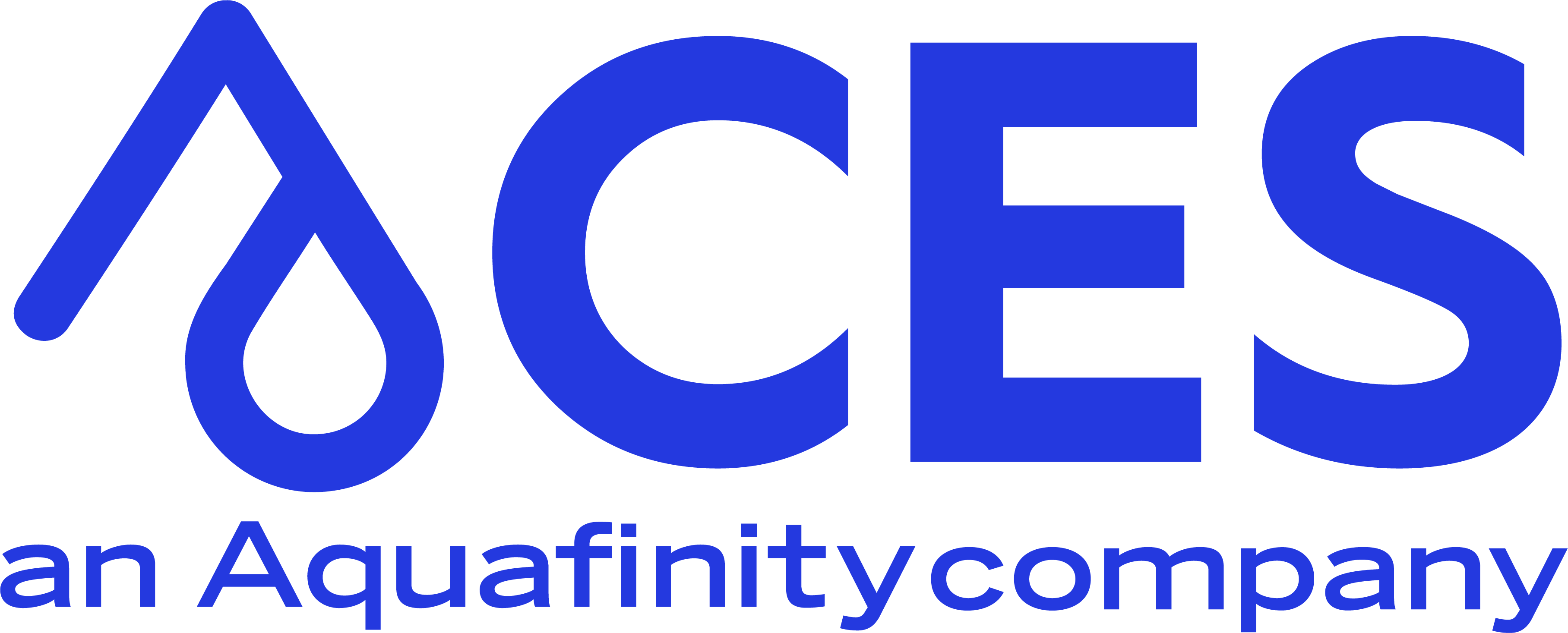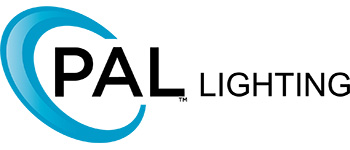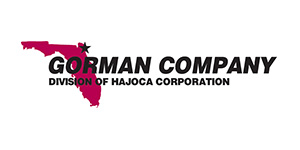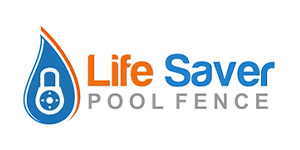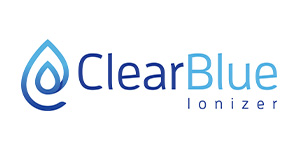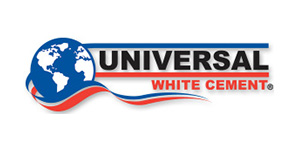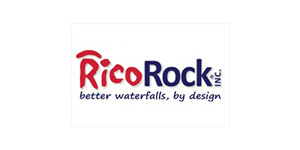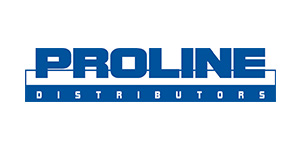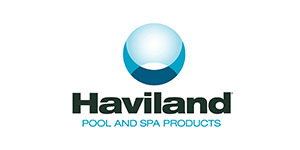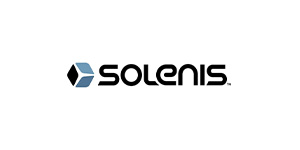Hazardous material safety
and DOT
By Ken Moyer, Brenntag Mid-South, Inc. / kmoyer@brenntag.com
Seems it is getting tougher on our roads with people moving
to the great state of Florida daily. So, our job of making sure everyone gets
home safely each night is getting that much tougher. Part of that safety is
carrying hazardous chemicals and keeping the public safe in our daily travels.
Thankfully, FDOT hasn’t paid attention to our industry but, things could change
at any time so we need to be ready. Rob Sanger and I did an overview of DOT
regulations at the Everything Under the Suns Expo and had multiple
conversations during the show about tanks in trucks, labeling, luggage carriers
and much more. This made me think DOT regulation is the perfect topic
going into pool season. Now, I am no expert on DOT and after reading through code
prior to the show, it’s a full-time job. I am very grateful to David Rivers
with RS Compliance Group for providing FSPA with the curriculum.
DOT regulations are complex with multiple chapters, so this
is a really watered-down version for pool service. There are basically three
ways to be classified depending on how much, container size, and trade use vs.
delivery of chemicals.
Materials of
Trade
Limited
Quantity Exemption
Hazardous
Materials Regulations like a trucking company.
Don’t forget to add sodium bromide, bag shock, and algaecides
as EPA registered product you may have into your weight calculations. Sodium
bicarbonate, DE, calcium and cyanuric acid are not included in DOT chemical
weight.
Materials
of Trade
Most pool service companies fall under this and it’s the
simplest way to stay off DOT’s radar. No additional paperwork other than an SDS,
and if you’re an FSPA member your INFOTRAC benefit has you covered. HAZMAT
training is required.
440lb Maximum
EPA registered products including Sodium Hypochlorite and acid products
No containers
over 66lb = No 100lb drums of Trichlor, tablets or Cal Hypo
No liquid
containers over 8 gallons.
Example:
12
Jerry Jugs / 30 gallons X 9.75=292.5lb
4
gallons acid X 9.66=38.64lb
50lb
tabs =
50.00lb
381.14lb Total
Greater
than Materials of Trade designation
Maximum 999Lbs. total EPA registered products including
sodium hypochlorite and acid products. Must have shipping paperwork on
truck. No containers over 66lb and No liquid containers over 8 gallons.
Examples:
40
Jugs = (975lbs) and 2 gallons acid (19.25lb) = 994.52
OR
38
jugs (926.25lb) and 4 gallons acid (39.04) =965.29 total
Hazardous
Materials Regulations
Above 1,000 lbs. of EPA registered products and you are
designated as a trucking company. Your company needs to have tracked training,
paperwork, CDL, HAZMAT on license, DOT physical, HAZMAT registration, DOT # on
truck, placards, pre-employment and random drug testing, along with much more.
Without it, DOT fines can be in the $10,000 and up range.
Additional codes that qualify your company as a trucking
company and other requirements:
Delivering
bleach any size container.
Doesn’t matter if you’re carrying two jugs or 40 jugs for “delivery”. If you
say your delivering jugs you’re the same as a trucking company. You need all
the required information including additional 4” corrosive labeling on jugs,
etc. Not to mention the child safety cap torque of 24 in. Lbs. required with an
inspected torque wrench. Without it, DOT fines will be in the $10,000 and up
range.
Pails, drums and totes must bear the required DOT
markings, torque spec on container lids and Hazmat containers must be approved
“UN” containers.
DOT Containers must be re-tested periodically
a. Drums and pails – 5 years
b. Totes- 2.5 years
c. Tests dates must be applied to
the container
Bulk unloading
from a truck tank to jug or tank. You are not allowed to discharge HAZMAT
from a tote or tank while it remains on a vehicle without a special DOT
exemption permit. Same goes for trailers without disconnecting them from
the moving vehicle.
Drivers must
have a CDL if operating a vehicle over 26K lbs. GVW regardless of HAZMAT.
If the
vehicles exceed 26K lbs. gross vehicle weight, regardless of HAZMAT, the
company must register with DOT.
If DOT
registration is required, DOT requires a certain level of insurance be
obtained.
Proper
securement and segregation apply to all hazmat regardless of quantity. In most
cases, shipping papers and training are required.
HAZMAT
Training for staff and office
Everyone handling chemicals in your business needs to have
training on them. If your business transports HAZMAT, it’s subject to DOT
required training regardless of quantity or package size. The business activity
determines training topics but there are three minimum topics for everyone. If
you’re over Materials of Trade you’re required to have shipping papers. If
shipping papers are required, the office people who prepare the document are
required to have training as well.
As you can see, even the smallest business is subject to DOT
training and shipping paper requirements. As companies get bigger, more
administrative requirements come into play. Even the smallest company could be
regulated as the biggest chemical company depending on the containers they carry.
Stay safe out there; your family is counting on you.
Information provided by David Rivers at R S Compliance Group
David@rscompliance.com.
